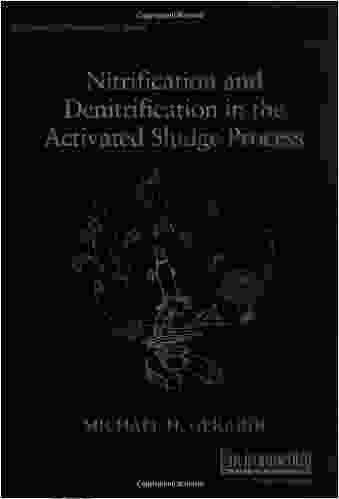Unlocking the Secrets of Wastewater Treatment: Nitrification and Denitrification in the Activated Sludge Process

In the realm of wastewater treatment, the activated sludge process stands as a cornerstone technology, effectively removing pollutants and contaminants from wastewater. Central to this process lies the intricate dance of nitrification and denitrification, two biological phenomena that work in concert to transform harmful nitrogen compounds into less harmful forms.
Nitrification: The Oxidation of Ammonia
The first stage in the nitrogen removal process is nitrification, a biological oxidation reaction carried out by specific bacteria. These bacteria, known as nitrifying bacteria, convert ammonia (NH3),a toxic substance commonly found in wastewater, into nitrite (NO2-) and nitrate (NO3-).
4.2 out of 5
| Language | : | English |
| File size | : | 2500 KB |
| Text-to-Speech | : | Enabled |
| Print length | : | 193 pages |
| Lending | : | Enabled |
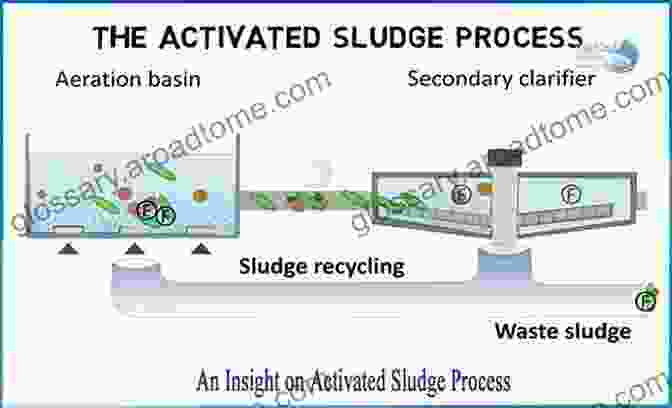
The Nitrifying Chain Reaction
Nitrification occurs in a two-step process, each mediated by distinct bacterial groups:
- Ammonium Oxidation:Nitrosomonas bacteria oxidize ammonia (NH3) to nitrite (NO2-)
- Nitrite Oxidation:Nitrobacter bacteria oxidize nitrite (NO2-) to nitrate (NO3-)
The nitrification process requires specific environmental conditions, including an adequate supply of oxygen and a neutral pH. Maintaining these conditions is crucial for ensuring efficient nitrification and reducing the potential for nitrite accumulation, which can be toxic to microorganisms.
Denitrification: Converting Nitrates into Nitrogen Gas
The second stage in the nitrogen removal process is denitrification, a reduction reaction that converts nitrates (NO3-) and nitrites (NO2-) into nitrogen gas (N2),a harmless byproduct that escapes into the atmosphere.

The Denitrification Pathway
Denitrification is a complex process carried out by denitrifying bacteria, which utilize nitrates and nitrites as electron acceptors during anaerobic respiration. The denitrification pathway involves a series of enzymatic reactions that progressively reduce nitrates and nitrites to nitrogen gas:
- Nitrate Reduction: Nitrate (NO3-) is reduced to nitrite (NO2-)
- Nitrite Reduction: Nitrite (NO2-) is reduced to nitric oxide (NO)
- Nitric Oxide Reduction: Nitric oxide (NO) is reduced to nitrous oxide (N2O)
- Nitrous Oxide Reduction: Nitrous oxide (N2O) is reduced to nitrogen gas (N2)
Denitrification requires anaerobic conditions, typically achieved in dedicated denitrification zones within the activated sludge process. The presence of an organic carbon source, such as methanol or acetate, serves as an electron donor for the denitrifying bacteria.
Significance of Nitrification and Denitrification
The nitrification and denitrification processes play a critical role in wastewater treatment, providing several environmental benefits:
- Reduced Eutrophication: Nitrification and denitrification remove nitrogen compounds from wastewater, preventing their discharge into receiving water bodies. Excess nitrogen can lead to eutrophication, a condition characterized by excessive plant growth and reduced oxygen levels, which can harm aquatic ecosystems.
- Improved Water Quality: Nitrification converts toxic ammonia into less harmful nitrate, improving water quality and making it suitable for various uses, including drinking water and irrigation.
- Greenhouse Gas Mitigation: Denitrification reduces the release of nitrous oxide (N2O) into the atmosphere. Nitrous oxide is a potent greenhouse gas with a global warming potential 300 times greater than carbon dioxide.
Optimizing Nitrification and Denitrification
To ensure efficient nitrification and denitrification, several factors must be carefully controlled:
- Oxygen Supply: Nitrifying bacteria require sufficient oxygen, typically maintained through aeration. Oxygen levels should be optimized to promote nitrification while preventing excessive dissolved oxygen, which can inhibit denitrification.
- pH and Alkalinity: Nitrifying bacteria thrive in neutral to slightly alkaline environments. Maintaining a pH between 7.0 and 8.5 is crucial for optimal nitrification.
- Organic Carbon Source: Denitrifying bacteria require an organic carbon source as an electron donor. The type and dosage of organic carbon should be carefully controlled to ensure adequate denitrification without promoting excessive biomass growth.
- Temperature: Nitrification and denitrification rates are affected by temperature. Optimal temperatures for nitrification range from 25 to 35°C, while denitrification rates increase with increasing temperature.
Nitrification and denitrification are essential processes in the activated sludge process, transforming harmful nitrogen compounds into less harmful forms and protecting the environment. By understanding the intricacies of these biological phenomena and optimizing their performance, we can improve wastewater treatment efficiency and contribute to cleaner, healthier water resources.
4.2 out of 5
| Language | : | English |
| File size | : | 2500 KB |
| Text-to-Speech | : | Enabled |
| Print length | : | 193 pages |
| Lending | : | Enabled |
Do you want to contribute by writing guest posts on this blog?
Please contact us and send us a resume of previous articles that you have written.
 Book
Book Novel
Novel Page
Page Chapter
Chapter Text
Text Story
Story Genre
Genre Reader
Reader Library
Library Paperback
Paperback E-book
E-book Magazine
Magazine Newspaper
Newspaper Paragraph
Paragraph Sentence
Sentence Bookmark
Bookmark Shelf
Shelf Glossary
Glossary Bibliography
Bibliography Foreword
Foreword Preface
Preface Synopsis
Synopsis Annotation
Annotation Footnote
Footnote Manuscript
Manuscript Scroll
Scroll Codex
Codex Tome
Tome Bestseller
Bestseller Classics
Classics Library card
Library card Narrative
Narrative Biography
Biography Autobiography
Autobiography Memoir
Memoir Reference
Reference Encyclopedia
Encyclopedia Gary L Harbaugh
Gary L Harbaugh Giovanni Cancellieri
Giovanni Cancellieri Susan Snyder
Susan Snyder George A Bermann
George A Bermann Ken Rossignol
Ken Rossignol Sean Sumner
Sean Sumner Gary Locke
Gary Locke Frank Berrios
Frank Berrios Hideaki Sena
Hideaki Sena Germaine R Halegoua
Germaine R Halegoua Sue Payne
Sue Payne Mordy Golding
Mordy Golding Frank L Cioffi
Frank L Cioffi Paulette Bourgeois
Paulette Bourgeois H Frederick Sweitzer
H Frederick Sweitzer Geraint D Arcy
Geraint D Arcy Franz Hartmann
Franz Hartmann Fritz Damler
Fritz Damler Gary Dyer
Gary Dyer Serene Mclaren
Serene Mclaren
Light bulbAdvertise smarter! Our strategic ad space ensures maximum exposure. Reserve your spot today!
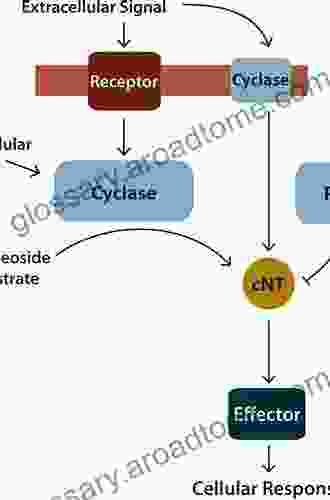
 William PowellUnveiling the Secrets of Cyclic Nucleotide Signaling: A Comprehensive Guide
William PowellUnveiling the Secrets of Cyclic Nucleotide Signaling: A Comprehensive Guide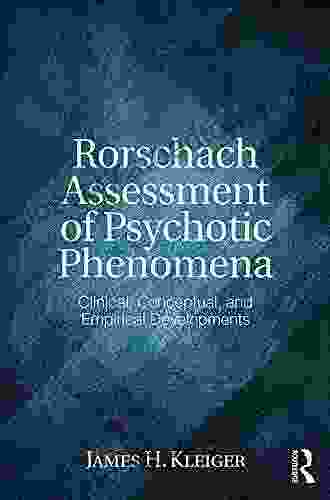
 David MitchellClinical Conceptual and Empirical Developments: A Comprehensive Guide for...
David MitchellClinical Conceptual and Empirical Developments: A Comprehensive Guide for... Allen ParkerFollow ·11.4k
Allen ParkerFollow ·11.4k Frank MitchellFollow ·4.9k
Frank MitchellFollow ·4.9k Brent FosterFollow ·2.1k
Brent FosterFollow ·2.1k Terry BellFollow ·13.9k
Terry BellFollow ·13.9k Tennessee WilliamsFollow ·19.8k
Tennessee WilliamsFollow ·19.8k F. Scott FitzgeraldFollow ·8.5k
F. Scott FitzgeraldFollow ·8.5k Gene PowellFollow ·11k
Gene PowellFollow ·11k Adrien BlairFollow ·14.2k
Adrien BlairFollow ·14.2k

 Chinua Achebe
Chinua AchebeLetters to My Bipolar Self: A Journey of Hope, Healing,...
Bipolar disFree...

 John Parker
John ParkerLearning to Breathe from the Breath Itself: A...
In the whirlwind of modern life, finding...

 Beau Carter
Beau CarterExperiences In Psychoanalysis: A Journey into the...
Are you fascinated by the...
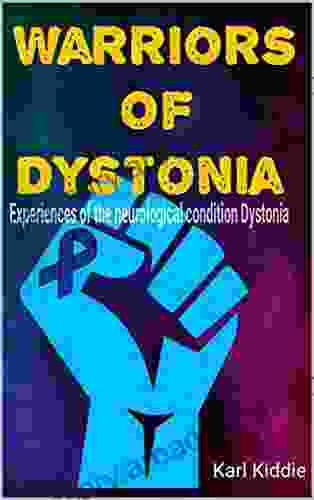
 George Hayes
George HayesExperiences Of The Neurological Condition Dystonia
Navigating the Labyrinth of a Complex...

 Jerome Powell
Jerome PowellOver 50 Keto Meal Prep Recipes: Your Essential Guide to...
Welcome to the world...
4.2 out of 5
| Language | : | English |
| File size | : | 2500 KB |
| Text-to-Speech | : | Enabled |
| Print length | : | 193 pages |
| Lending | : | Enabled |


